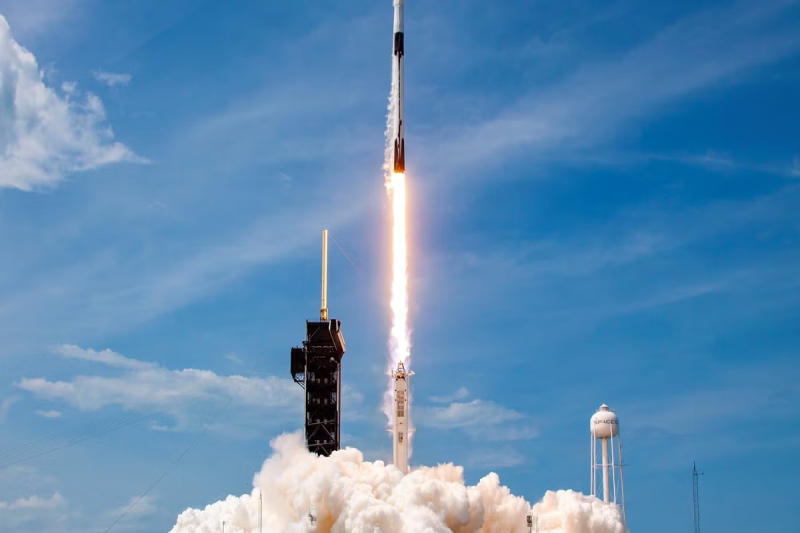It’s possible that SpaceX’s massive Starship spacecraft will undertake a far more ambitious and intricate third voyage than its previous two.
According to a recent presentation by Lakiesha Hawkins, deputy associate administrator for NASA’s Moon to Mars program office, the upcoming trip may include a refueling test.
On Monday, December 4, Hawkins addressed a committee of the U.S. National Academies of Sciences, Engineering, and Medicine regarding the agency’s technological and infrastructure initiatives. She mentioned on one of her slides that SpaceX had launched the second Starship mission and that they are “moving quickly” toward the third, “which will include a propellant transfer demonstration.”
Nevertheless, Hawkins refrained from reading those lines out loud or bringing up the upcoming refueling experiment during the conference, and NASA has subsequently slightly modified the statement: CNBC was informed by an agency representative that “no final decisions on timing have been made.” (Hawkins’ presentation is available here; the relevant slide starts at minute 120.)
Off-Earth propellant transport is seen by both NASA and SpaceX as a critical component in enabling audacious exploration achievements like the construction of manned bases on the moon and Mars. In order to reach other solar system locations, rockets and spacecraft must refuel because they use up most of their fuel just to escape Earth’s deep gravity well.
Additionally, a test of refueling a starship has been planned for some time. NASA granted SpaceX $53 million in October 2020 to carry out this kind of trial in Earth orbit. According to the contract, SpaceX must move 11 tons (10 metric tons) of liquid oxygen between tanks on a Starship. (Liquid oxygen and liquid methane run extremely cold in the Raptor engines aboard the Starship.)
That’s one step closer to the intended operating plan: traveling Starship spacecraft will meet up with “tanker” variations in Earth’s orbit.
The development of SpaceX’s next-generation deep-space transportation system, Starship, is of great interest to NASA. For its Artemis mission, which intends to place a permanent, sustainable human presence on and around the moon by the end of the 2020s, the agency chose Starship to be the first crewed lunar lander.
On the Artemis 3 mission, Starship is scheduled to land astronauts close to the moon’s south pole for the first time in late 2025 or early 2026. However, a number of things must go well for NASA and SpaceX to make that deadline.
Only two launches—test missions that took off in April and November of this year—have been completed by Starship thus far. The objective of both flights was to launch the top stage of the spacecraft nearly all the way around the globe, from SpaceX’s South Texas Starbase to an area of the Pacific Ocean close to Hawaii.
It was not achieved by either test flight. Due to an unplanned separation of Starship’s two stages on the first voyage, SpaceX purposefully destroyed the spacecraft around four minutes after launch. The mission that ended early last month also involved Starship’s upper stage exploding eight minutes after liftoff, but it proceeded more smoothly and achieved important milestones including successful stage separation.
The date of Starship’s third flight is unknown. Elon Musk, the creator and CEO of SpaceX, has stated that the vehicle should be ready soon, but the business still has other challenges to face in addition to technological ones. The U.S. Federal Aviation Administration, which is in charge of an inquiry into the events surrounding last month’s flight, still needs to grant SpaceX a launch permit.





